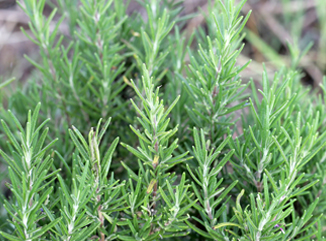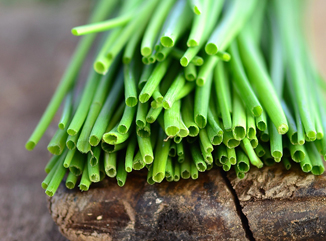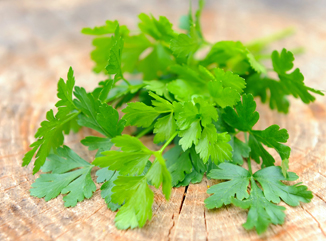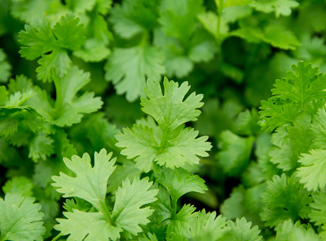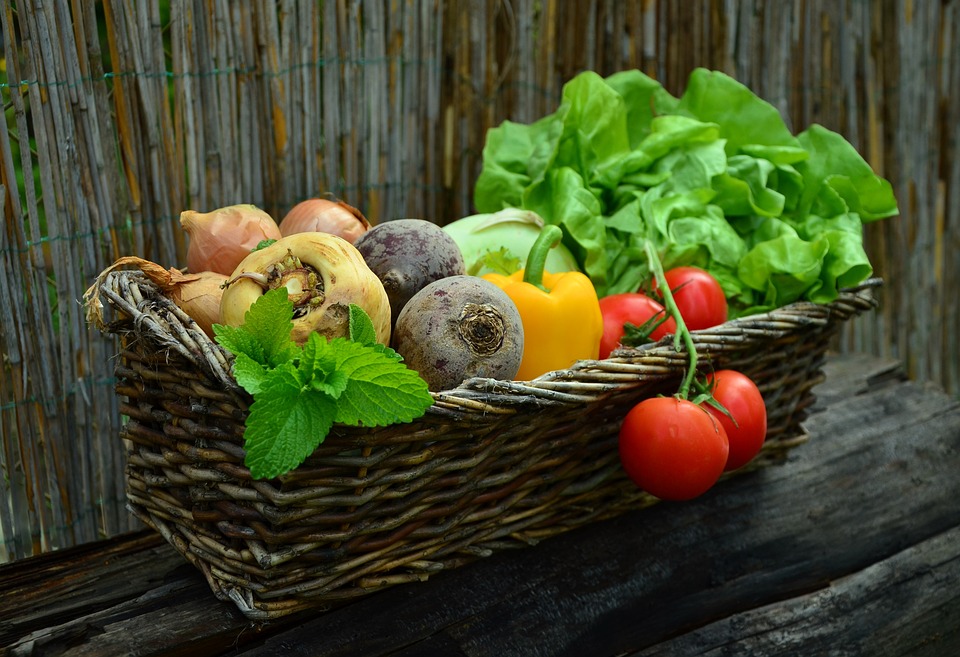Guide to Sowing Rosemary from Seeds and Care Tips
1. Seed Preparation
Rosemary seeds are slow and uneven to germinate, so be prepared for the process to take 2 to 4 weeks. To improve germination rates, you can soak the seeds in warm water overnight. This softens the seed coat, making it easier for the plant to sprout.
2. Sowing
- Best time to sow: The ideal time to sow rosemary is in the spring (March to May). If you plan to start indoors, begin sowing 6 to 8 weeks before the last frost date.
- Seed containers: Use small pots or seed trays. It’s best to use seed-starting mix, which is well-draining and low in nutrients.
- Sowing the seeds: Lightly press the seeds into the soil surface, but cover them only lightly with soil (about 1–2 mm), as rosemary needs light to germinate.
- Watering: Gently mist the soil with water, keeping it moist but not soggy. A spray bottle is ideal to avoid overwatering.
3. Germination Conditions
- Temperature: Rosemary seeds need a constant temperature of about 20–25°C (68–77°F) to germinate. Using a heated propagator or heat mat can help.
- Light: Keep the seed trays in a bright, sunny spot. A window with plenty of indirect sunlight is ideal to prevent the soil from drying out too quickly.
- Humidity: Cover the seed trays with clear plastic or a mini greenhouse to maintain high humidity. Be sure to air the trays regularly to prevent mold.
4. Pricking Out and Transplanting
- Once the seedlings are about 5–7 cm tall and have developed their second set of leaves, they can be transplanted into larger pots with well-draining, sandy soil (a mix of garden soil and sand works well).
- Hardening off: Before planting outdoors, gradually acclimate the seedlings to outdoor conditions by placing them outside during the day and bringing them back in at night for about a week.
5. Choosing a Site and Care
- Outdoor location: Rosemary prefers a sunny, warm spot in the garden or on a balcony. Ensure it is sheltered from cold winds.
- Soil: Rosemary thrives in well-draining, slightly dry soil. Avoid waterlogging, as this can damage the roots. If your soil is heavy or clay-like, mix in some sand or gravel to improve drainage.
- Watering: Rosemary is drought-tolerant and only needs moderate watering. Allow the soil to dry out slightly between waterings. Be careful to avoid overwatering.
- Fertilizing: Rosemary does not require a lot of fertilizer. You can apply some compost or organic herb fertilizer in the spring, but excessive feeding can reduce the plant’s aroma.
6. Care and Pruning
- Pruning: Regular pruning in the spring encourages bushy growth. Trim the new shoots, but never cut back into old wood, as rosemary doesn’t grow well from old stems.
- Overwintering: In mild climates, rosemary can survive outdoors year-round, but it should be protected from frost (e.g., by covering it with garden fleece) during harsh winters. In colder regions, it’s best to grow rosemary in pots and move it to a frost-free but bright location in winter.
7. Harvesting
Rosemary leaves can be harvested year-round. The best time to cut the sprigs is in the morning when the essential oils are most concentrated. Use clean, sharp scissors for harvesting to avoid damaging the plant.
8. Pests and Diseases
Rosemary is relatively resistant to pests and diseases. However, waterlogging can cause root rot, so make sure the plant is not overwatered. Occasionally, aphids or spider mites may appear, but they can usually be controlled with a strong spray of water or a natural soap solution.
By following this guide, you’ll be able to successfully grow rosemary from seeds and enjoy a healthy, long-lasting plant!

